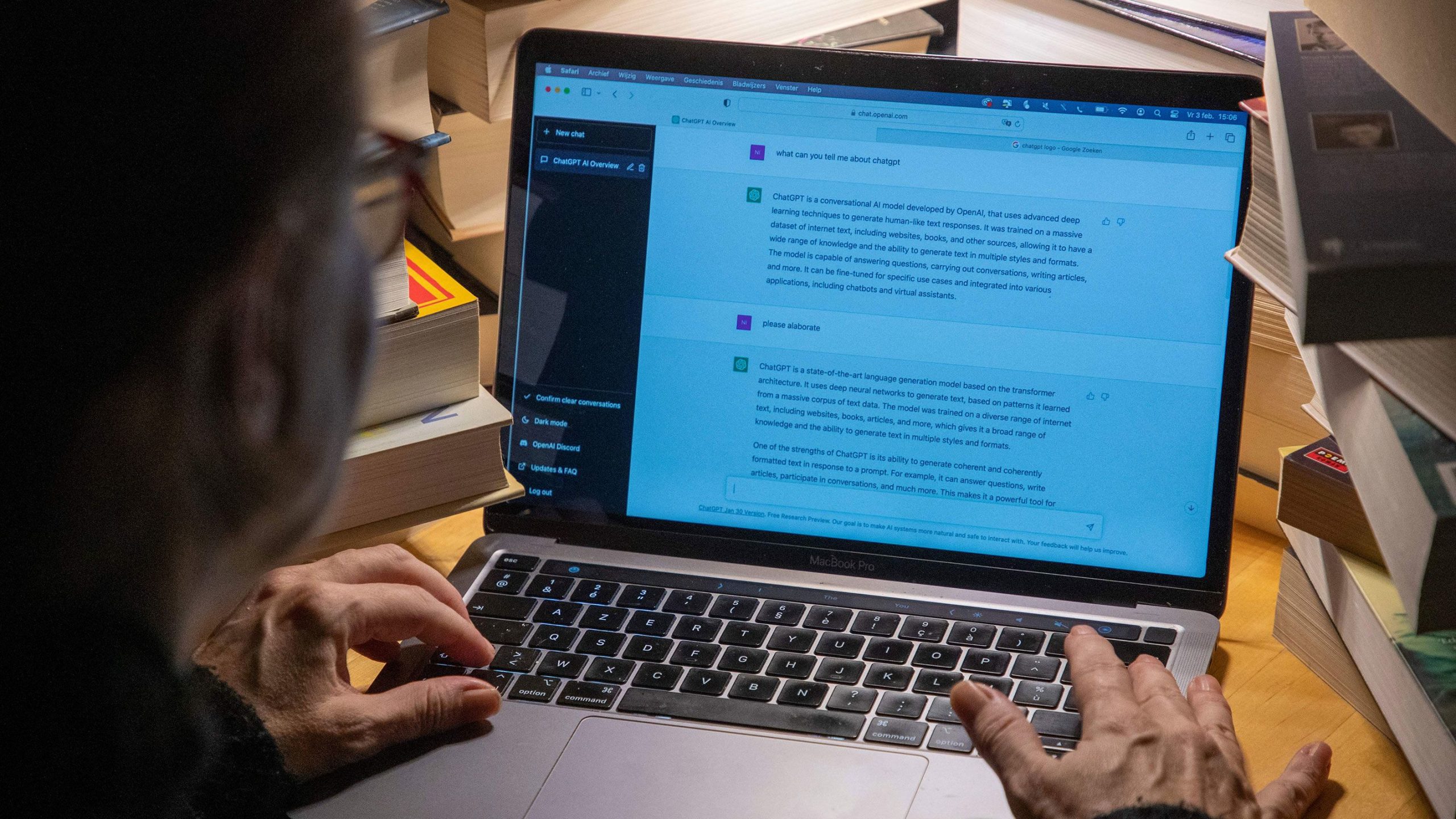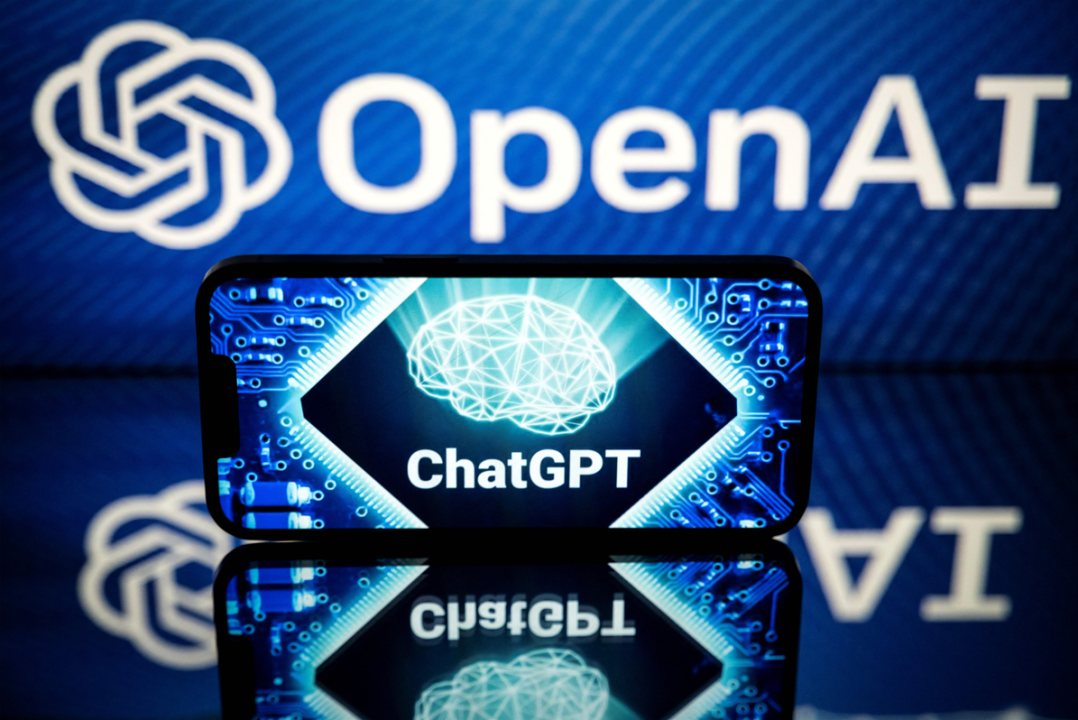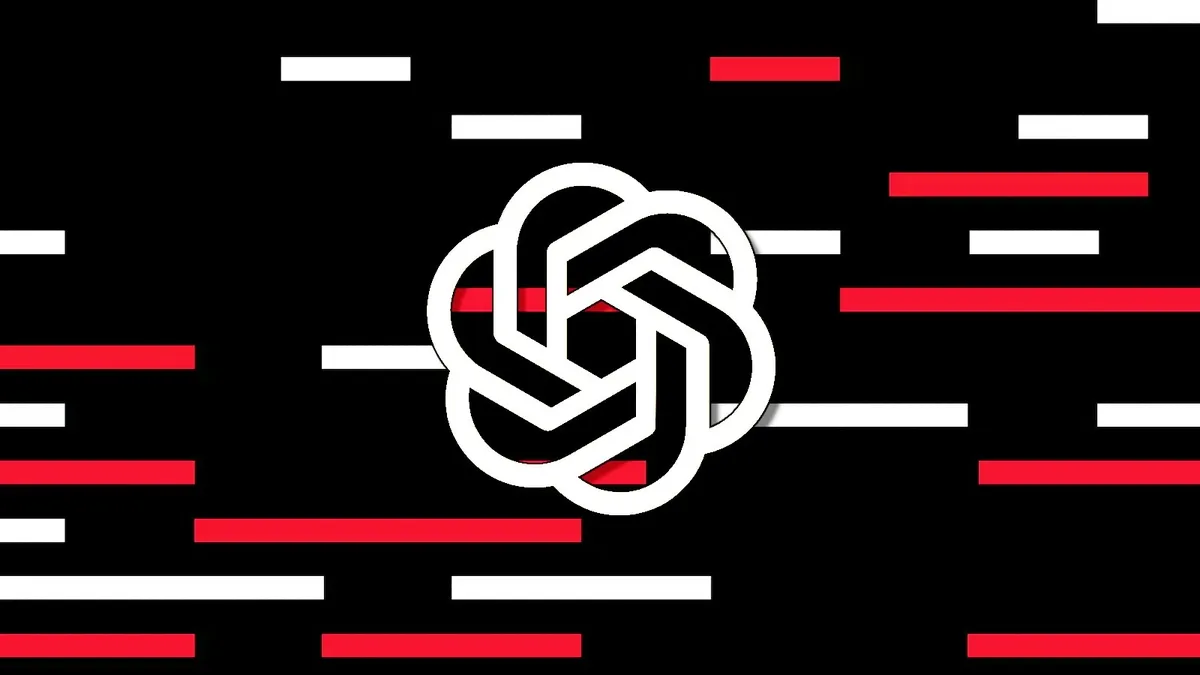
Stay connected even when the lights go out! We all know how crucial communication is during a blackout, whether it’s a result of severe weather, natural disasters, or unforeseen circumstances. In times like these, staying connected can make all the difference in ensuring safety and coordinating relief efforts. That’s where ChatGPT comes in! This revolutionary AI-powered tool has shown immense potential in managing communications during blackouts, providing real-time assistance and support when traditional channels fail. So grab your flashlight and join us as we explore the incredible role that ChatGPT plays in keeping us connected when darkness descends. Let’s dive right into it!
The Importance of Communication During Blackouts
When the lights go out and darkness fills the room, communication becomes a lifeline. During blackouts, staying connected is more than just convenience; it’s a matter of safety, coordination, and reassurance. Imagine being trapped in an elevator without any means to call for help or not having access to critical updates during a natural disaster.
In times of crisis, effective communication can save lives. It allows emergency response teams to mobilize quickly and efficiently. It enables individuals to reach out for assistance or inform loved ones of their well-being. Moreover, it provides essential information about power restoration efforts and potential dangers lurking in the dark.
Communication empowers communities by fostering a sense of unity and support during challenging times. By sharing experiences and resources, people can come together to overcome obstacles caused by blackouts. Clear lines of communication enable authorities to disseminate important instructions and guidelines effectively.
Furthermore, maintaining open channels of communication helps alleviate anxiety among affected individuals who may feel isolated or vulnerable during prolonged periods without electricity. The ability to connect with others provides comfort and reassurance that help is on its way.
When blackout strikes, reliable communication becomes paramount – ensuring safety measures are implemented promptly while offering solace through connection in moments where uncertainty looms large.

How ChatGPT Can Help During Blackouts
During blackouts, one of the biggest challenges people face is a lack of communication. With no power and disrupted networks, it can be extremely difficult to get important information or reach out for help. This is where ChatGPT comes in as a game-changer.
ChatGPT is an AI-powered chatbot that uses natural language processing to converse with users. It can provide real-time assistance and answer queries on various topics. During blackouts, when traditional means of communication are not available, ChatGPT can step in and fill the gap.
Imagine being able to ask ChatGPT about the status of power restoration in your area or how long the blackout is expected to last. It can keep you updated with vital information and even guide you on what precautions to take during such situations.
ChatGPT can also assist emergency services by handling a large volume of incoming inquiries regarding power outages and providing relevant instructions or advice. This allows human operators to focus on critical tasks while ensuring that people still receive guidance and support.
ChatGPT’s capabilities extend beyond just text-based conversations. With advancements in technology, it could potentially integrate with voice assistants like Siri or Alexa, enabling users to communicate through voice commands even without internet access.
The versatility of ChatGPT makes it an invaluable tool during blackouts by bridging the communication gap between individuals and authorities. However, there may be challenges such as connectivity issues or limited resources during disaster scenarios that need careful consideration for seamless implementation.
Leveraging AI technologies like ChatGPT has immense potential in managing communications during blackouts effectively. By harnessing its abilities alongside other emergency response systems, we can significantly improve coordination efforts and ensure timely dissemination of crucial information—ultimately enhancing community resilience during challenging times.

Real World Examples of ChatGPT’s Success
ChatGPT has already proven its worth in various real-world scenarios, demonstrating its potential to revolutionize communication during blackouts. One notable example is the use of ChatGPT by emergency response teams in California during wildfire incidents. These teams were able to utilize ChatGPT as a valuable tool for disseminating critical information and instructions to affected communities when traditional communication channels failed.
In another instance, a community organization deployed ChatGPT during a severe storm that caused widespread power outages. With conventional means of communication disrupted, residents turned to their phones and accessed the chatbot powered by ChatGPT. It provided them with vital updates on emergency shelters, available resources, and safety protocols.
The success stories don’t end there. In regions prone to earthquakes or other natural disasters, governments have employed ChatGPT as part of their disaster management strategy. The ability of this AI-powered chatbot to handle large volumes of inquiries simultaneously proved invaluable in ensuring timely information dissemination and reducing panic among affected individuals.
Businesses have also recognized the benefits of integrating ChatGPT into their crisis communications plans. During extended power outages caused by hurricanes or infrastructure failures, companies used the chatbot platform to keep customers informed about service disruptions and alternative solutions.
These real-world examples are just scratching the surface of what ChatGPT can achieve in managing communications during blackouts and other emergencies. As more organizations embrace this technology and further tailor it for specific use cases, we can expect even greater successes in future disaster situations.

Potential Challenges and Solutions
During blackouts, there are several potential challenges that can arise when using ChatGPT for communication. One of the main challenges is the reliability of internet connectivity. Since blackouts often result in power outages, it may be difficult to access the internet and maintain a stable connection. This could hinder the use of ChatGPT as a means of communication.
Another challenge is ensuring that ChatGPT understands and responds accurately to user queries during high-stress situations. It is crucial for the AI model to comprehend emergency-related questions correctly and provide relevant information promptly. This requires continuous training and improvement of the language model’s understanding of various emergency scenarios.
Privacy concerns also present a challenge when using ChatGPT during blackouts or other disaster situations. Users may have reservations about sharing personal information with an AI system, especially if they are relying on it for critical communications during emergencies. Addressing these privacy concerns will be essential in gaining widespread adoption and trust in such applications.
Improving accuracy in understanding emergency-related queries can be achieved through ongoing research and development efforts focused specifically on disaster scenarios. By fine-tuning the language model with data related to emergencies, its ability to provide accurate responses can be enhanced significantly.
Regarding privacy concerns, developers should prioritize implementing robust security measures within chat platforms powered by ChatGPT. Ensuring transparency about how user data is handled while maintaining strict confidentiality will help alleviate any apprehensions users may have about their privacy being compromised.
As technology advances further, addressing these potential challenges becomes crucial for enabling effective communication during blackouts or other disasters through tools like ChatGPT.

Future Implications for Disaster Communications
As the world continues to face various natural disasters and emergencies, it becomes increasingly clear that effective communication is vital during these challenging times. And while ChatGPT has already shown promise in managing communications during blackouts, its potential extends far beyond that.
One of the key future implications for disaster communications lies in the adaptability of ChatGPT. With continued advancements in AI technology, we can expect ChatGPT to become even more sophisticated and capable of handling complex conversations and scenarios. This means it could be utilized not only during blackouts but also during other types of emergencies such as hurricanes, earthquakes, or even public health crises.
Integrating ChatGPT with other existing emergency response systems could lead to a seamless flow of information between authorities and affected individuals. Imagine being able to receive real-time updates on evacuation routes or safety precautions directly from an AI-powered chatbot like ChatGPT. This level of instant communication could potentially save lives by ensuring people have access to accurate information when they need it most.
Another exciting possibility is leveraging natural language processing capabilities to analyze data collected during disasters. By analyzing patterns and trends in communication logs generated by ChatGPT, researchers can gain valuable insights into how communities respond and cope with crises. This knowledge can inform future emergency preparedness efforts and help authorities tailor their responses based on past experiences.
There is immense potential for collaboration between human operators and AI systems like ChatGPT. By working together seamlessly, they can enhance each other’s strengths – humans providing empathy and critical thinking while AI handles large volumes of inquiries efficiently.
While there are challenges ahead – such as ensuring privacy protection and avoiding bias within the algorithms – addressing these concerns will pave the way for a safer future where disaster communications are faster, more reliable, and better tailored to individual needs.

Conclusion
In times of blackouts and other emergencies, effective communication is crucial for ensuring the safety and well-being of individuals. ChatGPT has emerged as a powerful tool in managing communications during such challenging situations. Its ability to understand and respond to natural language queries makes it an invaluable resource for providing timely information, support, and guidance.
By leveraging the capabilities of ChatGPT, communities can stay connected even when traditional forms of communication are disrupted. Whether it’s obtaining updates on power restoration efforts or accessing essential services like emergency shelters or medical assistance, ChatGPT offers a reliable channel for information dissemination.
Real-world examples have already demonstrated the success of using ChatGPT in disaster communications. From helping individuals find alternative routes during road closures to assisting utility companies in addressing customer inquiries efficiently, this AI-powered chatbot has proven its worth time and again.
ChatGPT plays a significant role in managing communications during blackouts by bridging gaps created by traditional channels’ disruption. This AI-powered chatbot offers a lifeline for individuals seeking critical information amidst chaos while empowering authorities with valuable tools to streamline their response strategies. As we continue harnessing technology’s potential in mitigating crises effectively, embracing innovations like ChatGPT will undoubtedly shape the future landscape of disaster communications worldwide.

